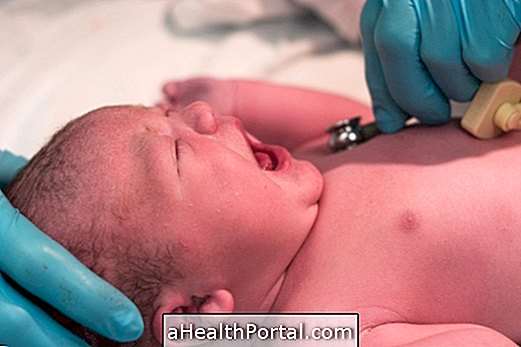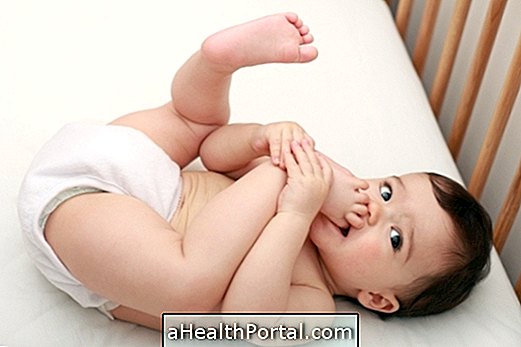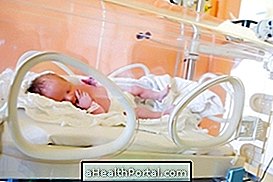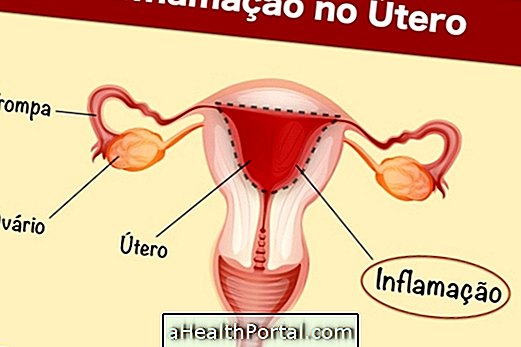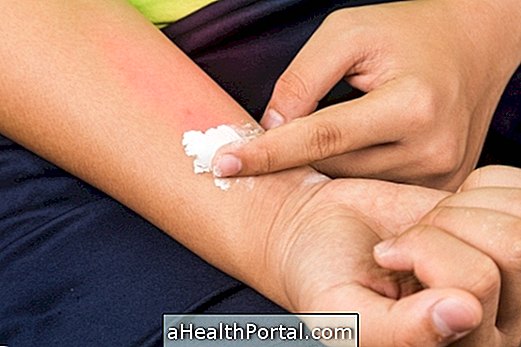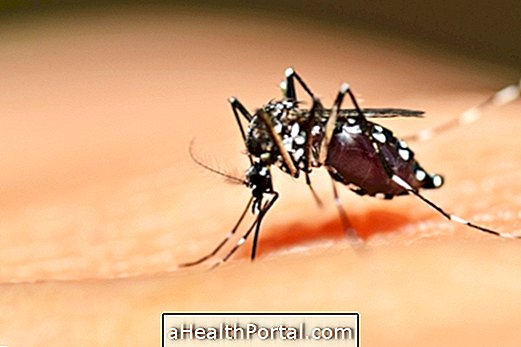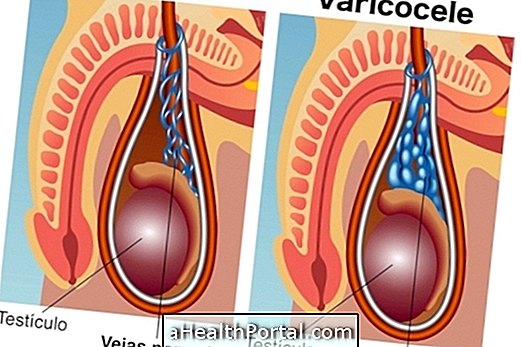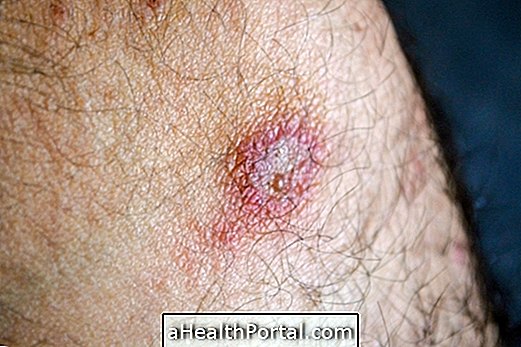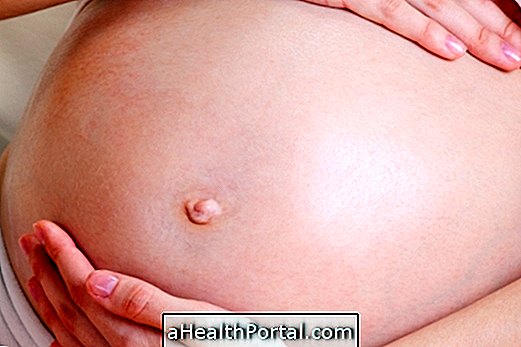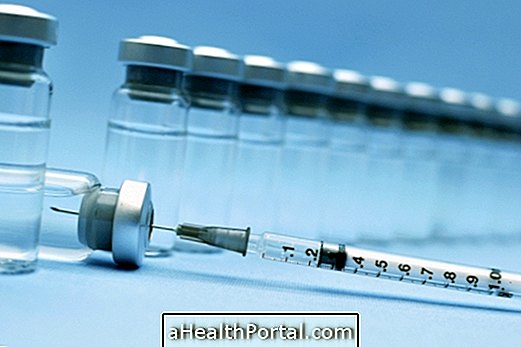Contact dermatitis, also known as rash, occurs when the baby's skin stays in contact with irritants such as urine, saliva, or even some types of creams, resulting in an inflammation that leaves the skin red, scaly, itchy and sore, for example.
Although contact dermatitis is not severe and has a cure, when treated properly, it should be avoided, as irritation of the skin can lead to the appearance of wounds that can infect, especially in places such as buttocks.
Thus, it is important to keep the baby's skin always dry and clean, changing diapers whenever they get dirty, wiping excess drool off the face and neck and not using creams suitable for the baby's skin, for example. See other important care to prevent the onset of diaper dermatitis.
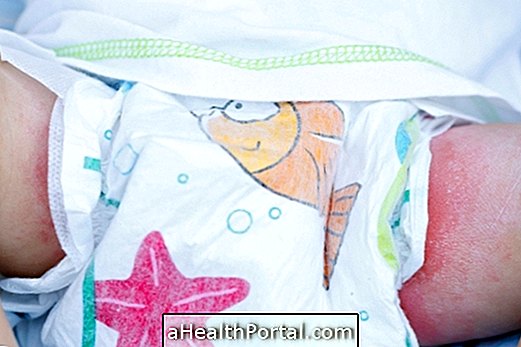
How To Identify Dermatitis
The characteristic signs and symptoms of contact dermatitis in the baby include:
- Red spots on the skin that peel;
- Small red blisters on the skin that itch;
- Crying and irritation more frequent.
Skin changes usually occur in regions with skin folds or in frequent contact with clothing such as the neck, the intimate region or the wrists, for example.
In these cases, it is always important to consult your pediatrician because it may be necessary to do an allergy test to see if the dermatitis is being caused by any specific substance that needs to be eliminated.
How is the treatment done?
In most cases, contact dermatitis disappears after about 2 to 4 weeks; however, to speed recovery, relieve baby discomfort and prevent wounds, it is important to keep the area clean and dry, moisture can worsen irritation. Another option is to apply a moisturizing cream or zinc after bathing, but it is important to wait for the skin to dry before covering it.
In addition, your pediatrician may also prescribe the use of a dermatitis ointment, such as 1% Hydrocortisone or Dexamethasone, which should be applied in thin layer on the affected skin for about 7 days.
Already when dermatitis is worsening or is very intense, the pediatrician may need to indicate the use of corticosteroid syrups, such as Prednisone, which help to quickly eliminate dermatitis, but which have a higher risk of side effects such as agitation or difficulty catching sleep and should only be used in the most severe cases.
What to do to prevent dermatitis
The best way to ensure that contact dermatitis does not arise is to keep the baby's skin clean and dry, and to avoid possible sources of skin irritation. So some care is:
- Clean up excess drool and change wet clothes;
- Swap dirty diapers with urine or faeces;
- Cut clothing labels;
- Give preference to cotton clothing and avoid synthetic materials;
- Replace metal or plastic rubber fittings;
- To pass creams with zinc in the intimate region, to avoid the humidity;
- Avoid using creams and other products that are not fit for the baby's skin.
If it is already known that the baby is allergic to some type of substance, it is important to keep it away from this substance and therefore it may be important to read the clothing and toys label to ensure that it is not in its composition.



